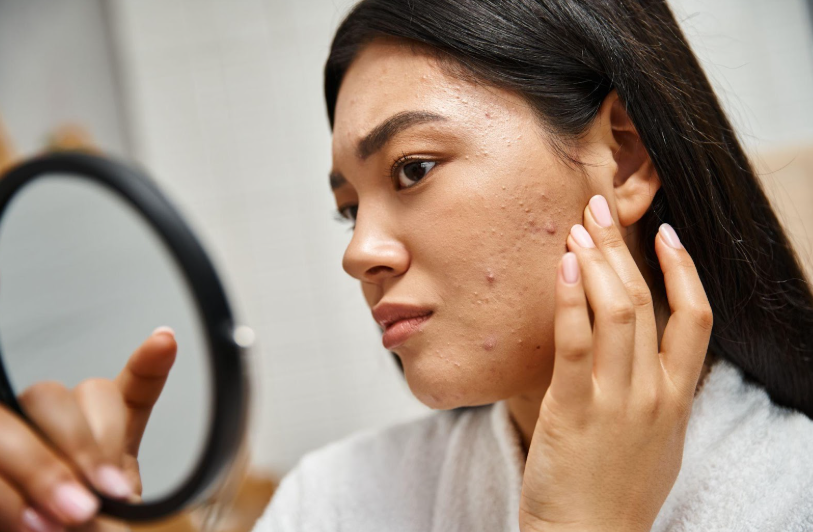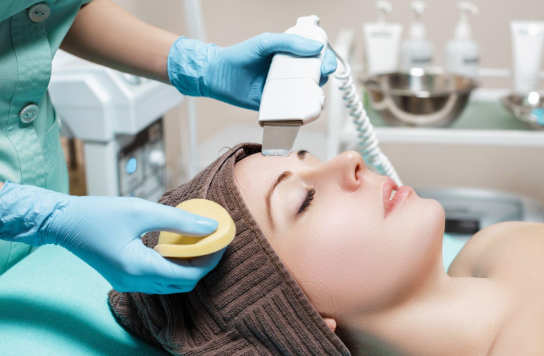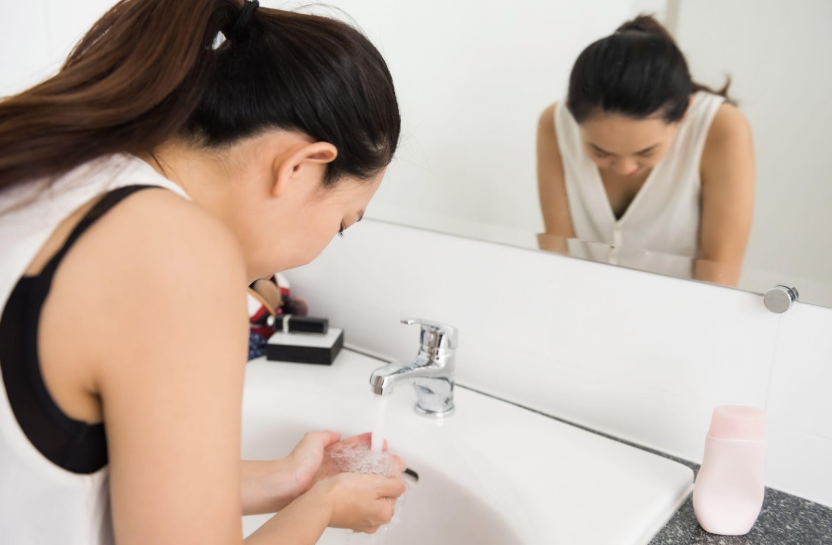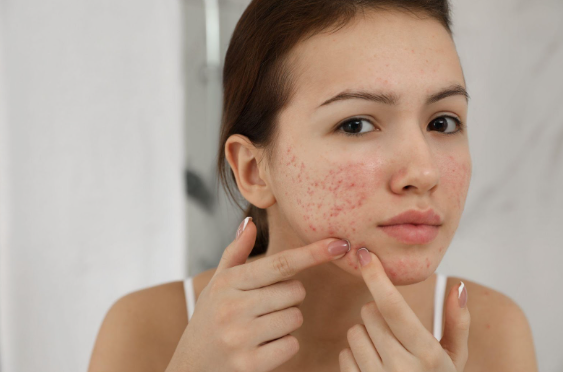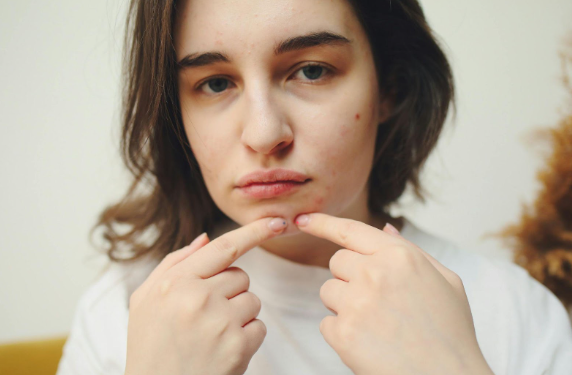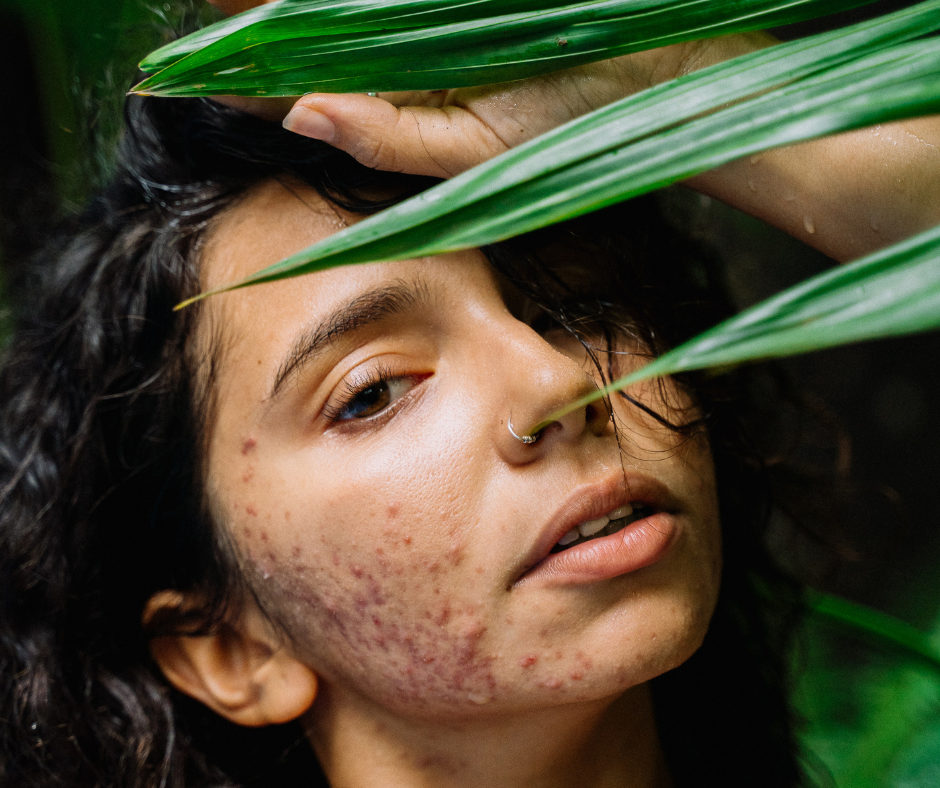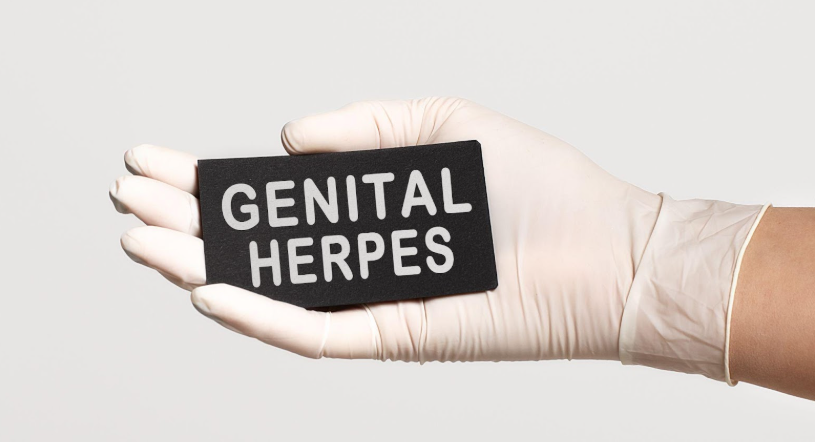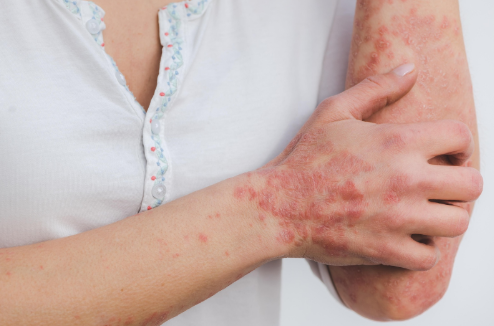Sun Damage Doesn’t Stop in Fall: Why Year-Round SPF Is Essential for Skin Health
Sun Damage Doesn’t Stop in Fall: Why Year-Round SPF Is Essential for Skin Health

As the summer sun fades and fall settles in, many people make the mistake of setting aside their sunscreen. But the truth is, ultraviolet (UV) radiation doesn’t go on vacation. It remains a year-round threat to your skin’s health. Neglecting sun protection during the cooler months can accelerate aging and increase your risk of skin cancer.
This blog explores why SPF isn’t just a summer essential—it’s a daily requirement, no matter the season. We’ll break down the science of UV radiation, the risks of exposure in the fall, and how to protect your skin effectively all year long.
Understanding UV Radiation: The Invisible Threat
Even when it’s cool or overcast, UV rays continue to affect your skin at a cellular level. They can pass through clouds and glass, making protection vital beyond just sunny days.
The Two Faces of UV Rays: UVA and UVB
UVB rays are more intense during the summer and cause visible sunburns, but UVA rays—responsible for premature aging—are present all year long. UVA rays penetrate deeper into the skin and contribute to long-term damage like wrinkles and DNA mutations.
While UVB is partially filtered by the ozone layer, UVA rays reach the earth in large amounts regardless of the season or weather. This makes it necessary to wear a broad-spectrum sunscreen every day, even in fall and winter.
The Misconception of Seasonal Safety
Cooler temperatures can fool people into thinking sun protection is unnecessary. However, your skin doesn’t feel UV radiation—it reacts to it over time. Even when skies are gray or the air is chilly, UV rays silently cause damage that accumulates and may not show up for years.
The Long-Term Impact of UV Exposure
Sun damage goes beyond the immediate effects like tanning or burning. Over time, it can alter your skin’s structure, function, and health in ways that are difficult or impossible to reverse.
Photoaging: The Unseen Aging Process
Consistent UV exposure accelerates skin aging in a process known as photoaging. This includes fine lines, sagging, discoloration, and a rough or leathery texture—effects that may not become obvious until years later.
Photoaging occurs when UV rays break down collagen and elastin fibers, which are essential for skin firmness and elasticity. The result is skin that appears older than it should, even in your 30s or 40s, if SPF hasn’t been part of your daily routine.
The Link to Skin Cancer
UV radiation is the leading environmental cause of skin cancer. While summer sunburns are an obvious risk, the cumulative damage caused by daily, unprotected exposure in other seasons is just as dangerous.
Even brief, regular exposure without sunscreen—such as walking the dog or running errands in fall—can lead to DNA mutations that cause skin cells to grow abnormally. Over time, this can result in basal cell carcinoma, squamous cell carcinoma, or melanoma.
Why SPF Matters Year-Round
Sun protection isn't seasonal—it’s essential every day of the year. The fall sun may feel weaker, but the damaging rays that accelerate aging and cause cancer remain as strong as ever.
SPF: What It Really Means
SPF measures protection against UVB rays, but not UVA. That’s why it’s important to choose a broad-spectrum sunscreen that covers both types. An SPF 30 sunscreen filters out about 97% of UVB rays when applied properly.
However, SPF doesn’t account for how often sunscreen is reapplied or whether it’s washed off. A common mistake is assuming SPF once in the morning is enough for the entire day. For full effectiveness, sunscreen must be used generously and reapplied as needed.
Reflective Surfaces and UV Intensity
Autumn often brings outdoor activities like hiking or apple picking. But it also introduces reflective surfaces—like wet roads, glass, and even fallen leaves—that can bounce UV rays back onto your skin, increasing exposure without your awareness.
In winter, snow becomes a major reflector, nearly doubling your UV exposure. Even in fall, when light angles are lower, UV radiation can reach the skin with surprising intensity, particularly on the face and hands.
The Role of Daily Sunscreen in Skincare Routines
Wearing sunscreen doesn’t have to be a chore. With so many lightweight, non-greasy, and cosmetically elegant options available, it's easy to find a product that suits your skin type and fits seamlessly into your routine.
Building a Consistent Habit
Incorporating SPF into your morning regimen is one of the most impactful habits for lifelong skin health. Just like cleansing and moisturizing, applying sunscreen should become second nature.
Making it a part of your daily schedule ensures protection against unexpected exposure. Whether it’s walking to the car, sitting near a window, or stepping out for lunch, these small moments can add up to significant cumulative damage over the years.
Layering with Other Skincare Products
SPF doesn’t interfere with other skincare steps—it complements them. In fact, sunscreen is most effective when layered over your moisturizer and before makeup.
While some products like foundations or moisturizers may contain SPF, they rarely offer enough coverage or protection. A dedicated sunscreen applied evenly and in the right amount is still necessary, especially for prolonged or daily exposure.
Addressing Common Misconceptions
Misinformation around SPF use is one of the biggest reasons people fail to protect their skin adequately. Clearing up these myths can lead to better habits and healthier skin.
“I Don’t Burn Easily, So I Don’t Need Sunscreen”
Melanin does provide some natural protection, but it’s far from complete. People with darker skin may not burn as quickly, but UV radiation still causes damage deep beneath the surface.
In fact, because skin cancers are often detected later in people with darker complexions, outcomes can be more severe. Year-round sunscreen use is necessary regardless of your natural skin tone.
“Cloudy Days Mean Less UV Exposure”
Cloud cover blocks light but not all UV radiation. Up to 80% of UV rays can still reach your skin through clouds, meaning that a gloomy or rainy fall day still carries risk.
The cool breeze may mask the sun’s intensity, but UV rays continue to impact your skin’s health. That’s why sunscreen should be applied daily, rain or shine.
“I Work Indoors, So I Don’t Need Sunscreen”
Windows don’t stop UVA rays, which are the main contributors to aging and long-term DNA damage. Whether you’re driving, working near a window, or walking through a sunlit hallway, your skin is still being exposed.
Even brief moments in the sun can contribute to cumulative damage. Applying SPF in the morning before leaving home ensures you’re protected throughout the day—even indoors.
Choosing the Right Sunscreen for Fall and Beyond
Different seasons call for slight adjustments in your skincare, but sunscreen remains a constant. Fall is an ideal time to choose a formula that not only protects but also hydrates.
What to Look For
The most important feature of any sunscreen is broad-spectrum protection, ensuring coverage against both UVA and UVB rays. Aim for SPF 30 or higher, even on overcast or chilly days.
In fall, look for sunscreens with moisturizing ingredients to combat seasonal dryness. Products with hyaluronic acid, glycerin, niacinamide, or ceramides offer added skin benefits without compromising UV protection.
Application Tips for Maximum Effectiveness
Most people apply far too little sunscreen, reducing its effectiveness. A nickel-sized amount for the face and a shot-glass amount for the body is recommended for full coverage.
Sunscreen should be reapplied every two hours when outdoors, or more often if you’re sweating or wiping your face. For indoor days with limited sun exposure, one thorough application in the morning may suffice.
Encouraging Lifelong Skin Health
Protecting your skin doesn’t end with summer—it’s a lifelong commitment. Daily SPF use is one of the most powerful preventive measures you can take for healthy, youthful skin.
Early Protection, Lasting Results
The benefits of sun protection build over time. Starting in your teens or 20s can delay visible signs of aging and reduce your risk of skin cancer later in life. But even if you’re older, it’s never too late to start protecting your skin.
Within weeks of consistent use, many people notice improvements in skin texture, reduced sensitivity, and a more even tone. Long-term use results in fewer sunspots, less wrinkling, and stronger skin resilience overall.
Annual Skin Checks and Dermatological Guidance
Sun protection is only one part of the equation. Annual skin checks with a dermatologist are vital for early detection of skin cancer and sun damage. Fall is an excellent time to schedule a check-up, especially after a summer of increased exposure.
Dermatologists can also recommend personalized SPF products, assess your skin type, and identify areas that need extra care or monitoring.
Sun Safety Is a Year-Round Commitment
Fall may bring cooler temperatures and shorter days, but the sun’s ultraviolet rays remain as potent as ever. Dismissing sunscreen during these months invites long-term damage that can age your skin prematurely and increase your risk of skin cancer.
Protecting your skin doesn’t stop when summer ends—it’s a daily act of care that should continue through every season. Incorporating broad-spectrum SPF into your routine not only preserves your skin’s appearance but also its health and integrity. By making sun protection a non-negotiable part of your day, you’re investing in a healthier, safer future for your skin.
Ready to take the next step in protecting your skin year-round? At
Pine Belt Dermatology, our team of board-certified dermatologists is here to help you build a personalized skincare routine that includes the right SPF for your skin type and lifestyle. Whether you're looking to prevent premature aging, reduce your risk of skin cancer, or simply maintain healthy, radiant skin, we offer expert guidance and advanced care tailored to your needs.
Schedule your consultation today and make year-round sun protection a seamless part of your daily wellness.
